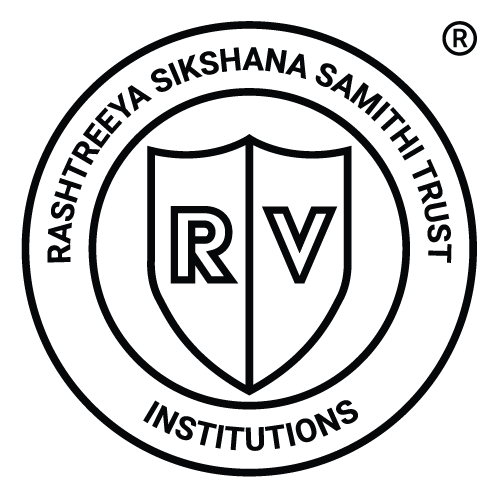Engineering students in India often ask: “Should I choose VLSI or Embedded Systems as my career path?”
Both fields are critical to the semiconductor industry — and both are experiencing rapid growth. Yet, they demand different skills, offer different roles, and suit different interests.
This guide breaks down VLSI Design vs. Embedded Systems to help you choose the right path for your career.
1. What is VLSI Design?
VLSI (Very Large Scale Integration) focuses on designing and developing integrated circuits (ICs). Engineers in this field work on millions of transistors packed into a single chip that powers everything from smartphones to satellites.
To succeed in VLSI, you need strong fundamentals in digital electronics and CMOS, proficiency in hardware description languages like Verilog, VHDL, or SystemVerilog, and hands-on experience with EDA tools such as Cadence, Synopsys, or Mentor Graphics.
Debugging, static timing analysis, and precision thinking are part of the job. Common roles in VLSI include Physical Design Engineer, RTL Design Engineer, Verification Engineer, DFT Engineer, and Analog Layout Engineer.
2. What is Embedded Systems?
Embedded Systems sit at the intersection of hardware and software. They make machines “intelligent” — from IoT devices and consumer electronics to automotive systems and medical equipment.
In this path, programming plays a larger role. Skills in C, C++ and Embedded C are essential, along with knowledge of microcontrollers, microprocessors, and real-time operating systems (RTOS). Engineers often work on hardware-software co-design and integration.
Careers in this area include Embedded Systems Engineer, Firmware Developer, Automotive Electronics Engineer, and IoT Systems Engineer.
3. Key Differences Between VLSI and Embedded Systems
While both are integral to the semiconductor industry, their focus areas differ.
- VLSI is about chip design and circuits, while Embedded Systems is about integrating hardware and software.
- VLSI engineers rely on EDA tools and HDL languages, whereas Embedded engineers use programming, microcontrollers, and real-time systems.
- VLSI careers are in high demand at semiconductor fabs and design houses, while Embedded careers are booming in automotive, IoT, healthcare, and consumer tech.
- Salaries are comparable, with VLSI entry roles often ranging from ₹6–12 LPA, and Embedded roles typically between ₹5–10 LPA in Bangalore.
- Growth in VLSI comes through deep specialization, while Embedded offers a broader scope across industries.
4. Which Path Should You Choose?
If you love working with circuits, tools, and designing chips from scratch, VLSI Design might be the right choice for you.
If you enjoy programming, solving real-time challenges, and working across multiple industries, Embedded Systems may suit you better.
Neither path is “better” than the other — they are complementary. Together, they form the backbone of India’s semiconductor ecosystem.
5. The RV-Skills Advantage
At RV-Skills, students can explore both domains through specialized programs. The training is hands-on, with access to industry-standard tools, guidance from experienced faculty, and alumni networks across leading semiconductor and embedded companies.
VLSI Design and Embedded Systems are both excellent career paths. The best choice depends on your interests and strengths. What matters most is starting with the right guidance and gaining industry-ready experience.
Whichever you choose, one fact remains: the future of technology will be driven by semiconductors and embedded innovation. And with the right training, you can be at the centre of it.





